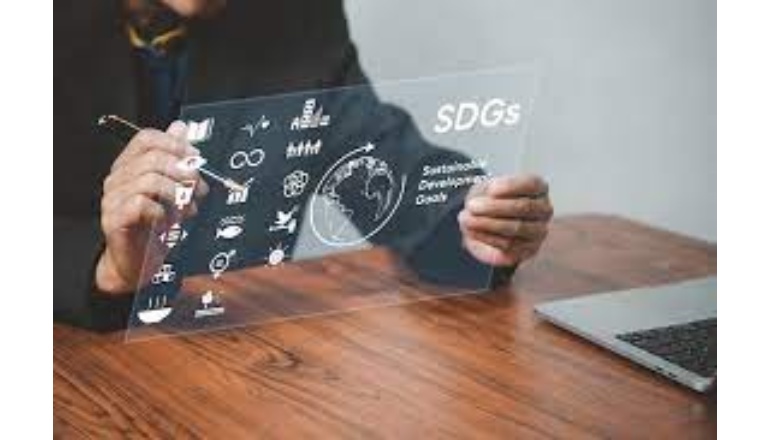The ICICI Bank’s Environmental, Social, and Governance (ESG) framework is aligned with the United Nations Sustainable Development Goals (UN SDGs). The bank reiterated that besides SDGs, most of its objects meet India’s commitments under the Paris Agreement, in its ESG report 2023-24. The , the report is titled “Being Responsible, Being Sustainable: ICICI Bank ESG Report 2023-24.”
Here are some ways ICICI Bank is aligning its ESG goals with the UN SDGs:
- Carbon neutrality: ICICI Bank aims to achieve carbon neutrality for scope 1 and 2 emissions by 2032. The bank has increased its use of green energy and is focused on minimizing greenhouse gas emissions.
- Water conservation: The bank has installed water recycling facilities at its offices in Mumbai and Hyderabad, and uses recycled water for landscaping and cooling towers. It also installs water-efficient plumbing fixtures in new and existing offices and branches. Additionally, its water conservation initiatives have generated an annual rainwater harvesting capacity exceeding 25.8 billion litres across the country.
- Sustainable procurement: The bank is focused on sustainable procurement and has implemented OHSAS 18001 at 13 of its premises.
- In its report, the bank said it has allocated Rs 5.19 billion for corporate social responsibility (CSR) activities in financial year 2024, up from Rs 4.63 billion the previous year. The projects focus on livelihood and social interventions, and have benefited over 10.7 million people as of the end of 2024.
- Gender equality: The bank has supported over 10 million women entrepreneurs through self-help groups and prioritizes women in its skill and value chain development programs.
- Through its philanthropic arm, the ICICI Foundation for Inclusive Growth, the bank planted more than 1.1 million trees in the financial year 2024.
- Healthcare: The bank expanded its healthcare initiatives to include cancer care in 35 hospitals across India and committed Rs 12 billion for the development of new institutions for the Tata Memorial Centre.
- Renewable energy: In financial year 2024, the bank increased the proportion of renewable energy within the total energy consumption from the grid and on-site solar generation to 35 per cent from 9 per cent in financial year 2023. With this, the Bank’s total green energy usage increased to 75.73 million kilowatt-hours (kWh).”
C-Suite thurst:
Girish Chandra Chaturvedi, Chairman, ICICI Bank, said, “We have set the goal of becoming carbon neutral in scope 1 and scope 2 emissions by financial year 2032. Our endeavor to measure and monitor water consumption at our own premises has led to per capita per day consumption being lower than the national average indicated by National Building Code. The bank is adopting responsible practices for embracing circularity related to waste management, disposal and encouraging recycling through authorized vendors.”

